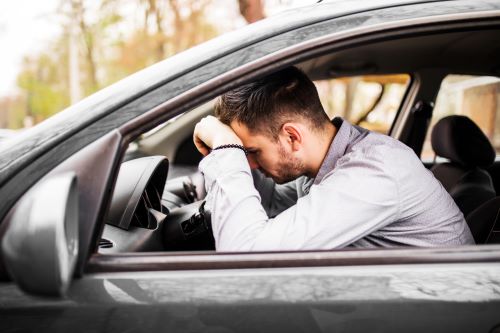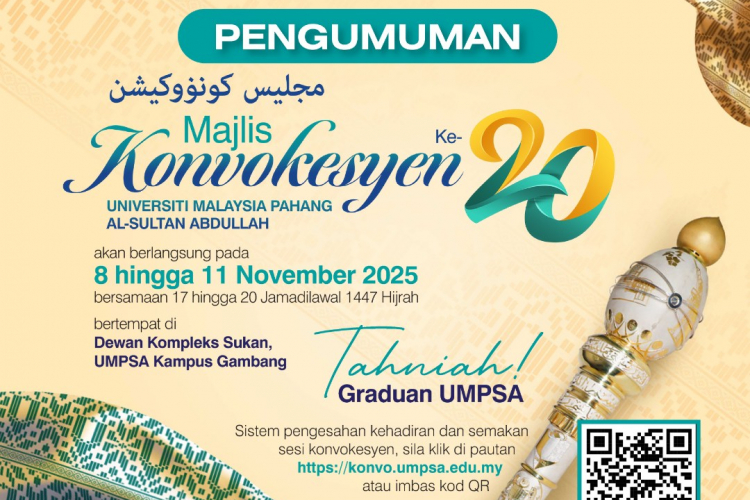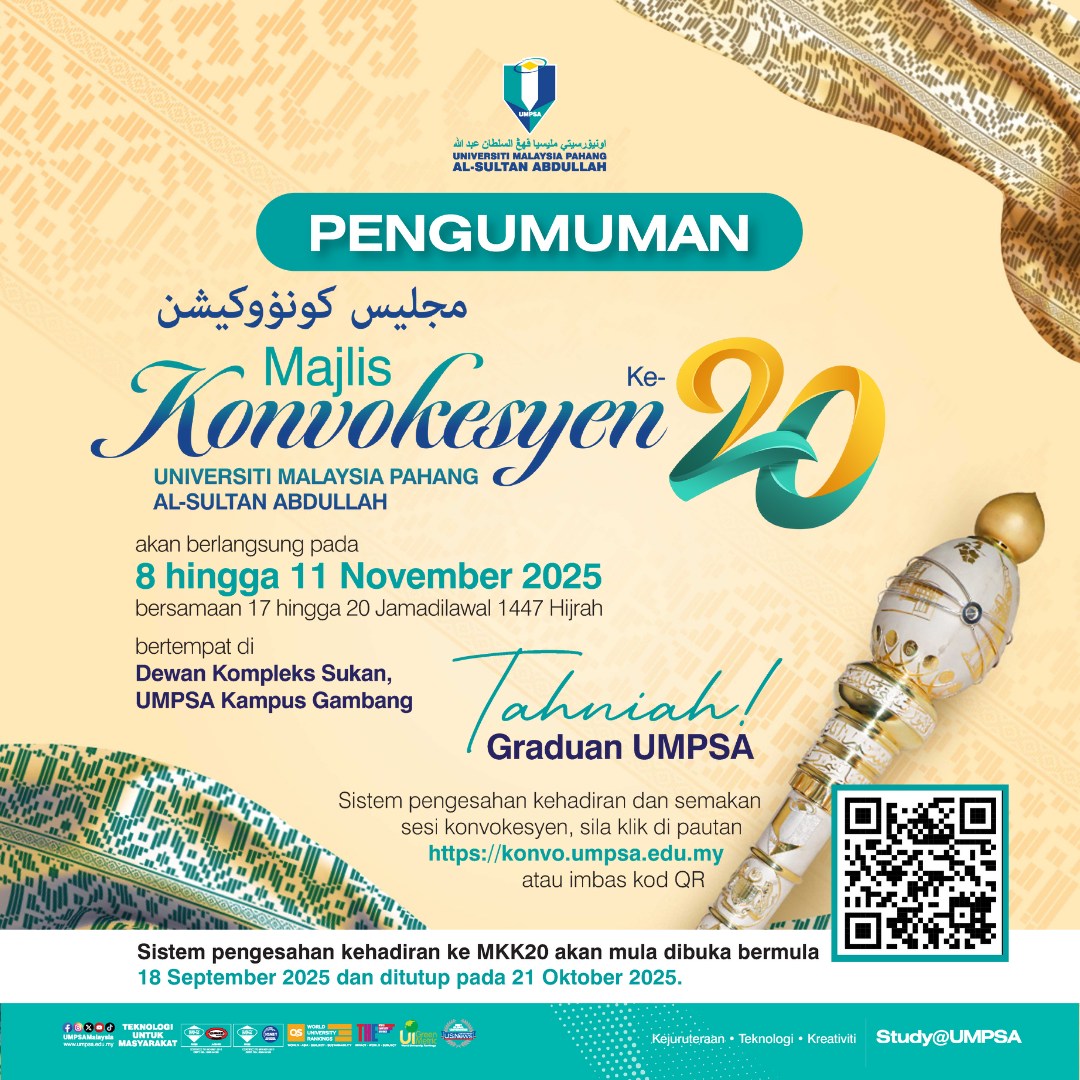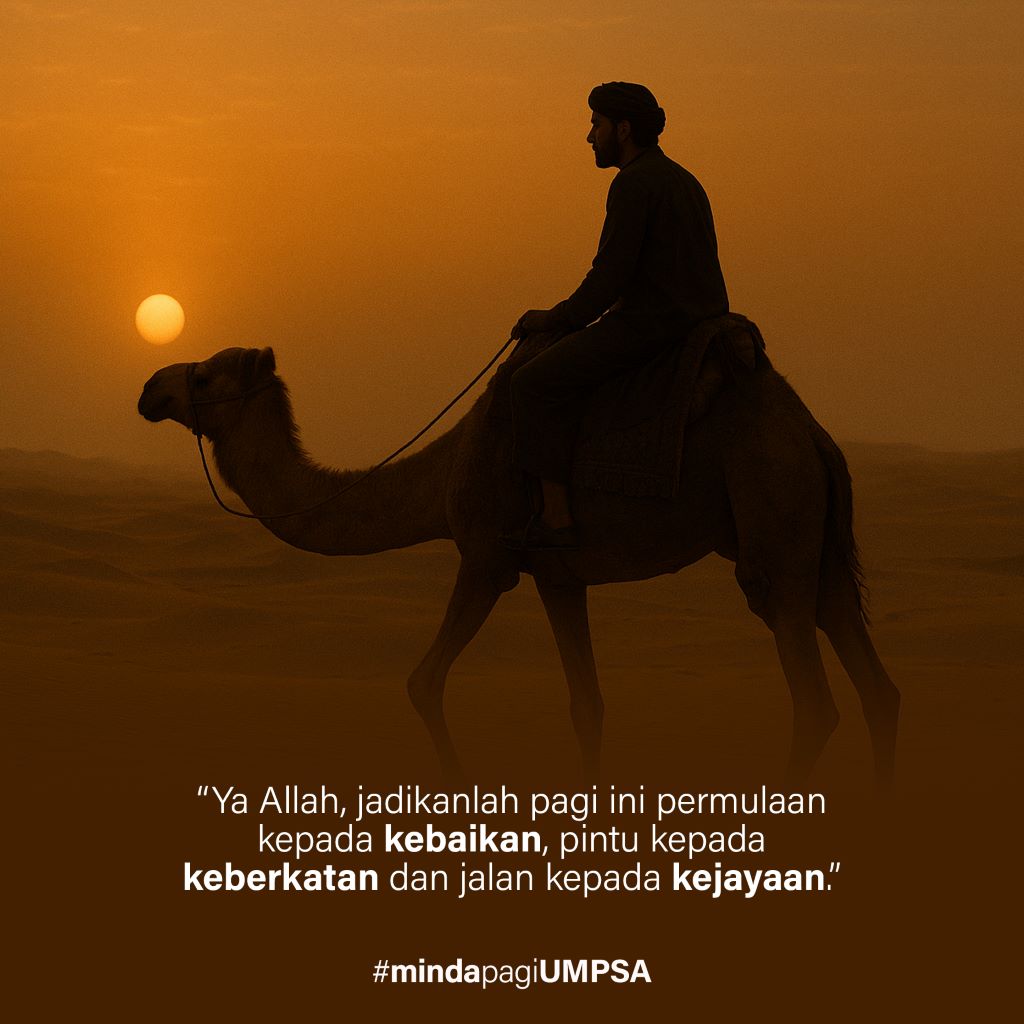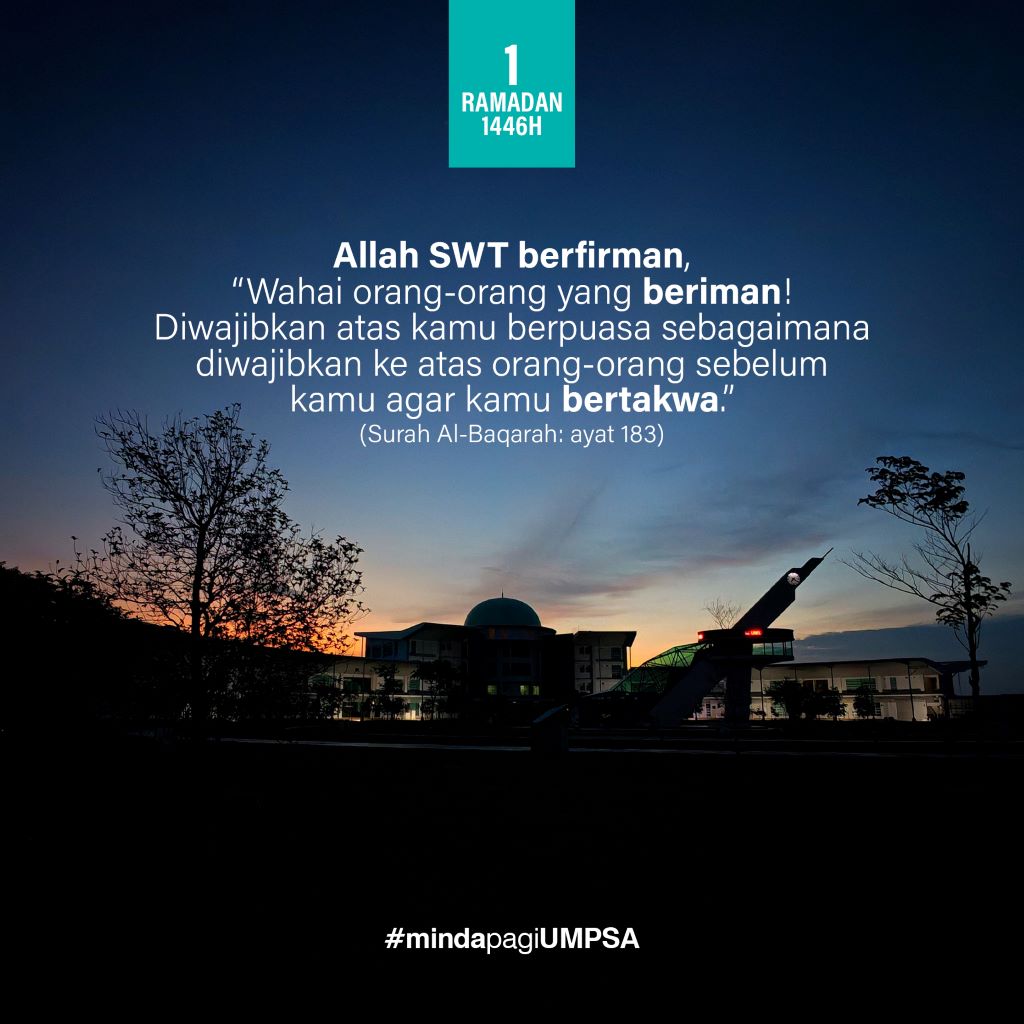In The Blink of an Eye: The Hidden Dangers of Microsleep
Imagine driving down the road, your eyes fixed on the stretch of asphalt ahead, when suddenly, you lose consciousness for just a few seconds. When you wake up, you realize with a jolt that your car has veered into another lane, dangerously close to causing an accident.
This is a phenomenon known as microsleep. Microsleep occurs when you involuntarily nod off for brief periods, often lasting mere seconds, sometimes less than 30 seconds. It can happen without any warning, and the person experiencing it often has no recollection of the event. This makes microsleep particularly insidious and dangerous, especially when operating a vehicle or heavy machinery. The dangers of microsleep, especially when driving, cannot be overstated. Driver fatigue is a significant contributor to road accidents globally. In Malaysia, between 2011 and 2021, 1,305 fatalities were attributed to drivers dozing off. In the USA, driver fatigue causes approximately 1,500 deaths annually, leading to an estimated economic loss of $9.2 billion. Alarmingly, 55% of drivers admit to driving while drowsy, and 23% have fallen asleep at the wheel at least once, highlighting the severe impact of driver sleepiness on road safety. The modern lifestyle, with its demands on time and increasing stress levels, often leads to compromised sleep, making microsleep a common and dangerous occurrence.
Microsleep episodes occur involuntarily and are often unnoticed by the person experiencing them. Despite efforts to stay awake, your brain can briefly shut down even when you feel awake. This phenomenon, known as "local sleep," involves parts of the brain going offline while others remain active. Microsleep episodes can strike at any moment, particularly if one is sleep-deprived or grappling with a sleep disorder. Adults typically need at least seven hours of sleep per night for optimal health, and sleep deprivation occurs when one fails to obtain adequate and restorative rest. Sleep disorders, such as insomnia sleep apnoea, restless legs syndrome, and narcolepsy, disrupt sleep quality and timing, making it difficult to fall or stay asleep. Even one night of poor sleep can lead to decreased productivity, mood disturbances, and an increased risk of accidents due to microsleep. Symptoms of microsleep include severe drowsiness, eye closure, and head nodding, which can be dangerous, particularly in high-stakes situations like driving or operating heavy machinery. Microsleep impairs a person's ability to respond quickly to stimuli, and even a momentary lapse of consciousness can cause devastating outcomes when a person needs to be responsive.
Microsleep can occur at any time and to any person. While it is more probable following sleep deprivation, it can occur even when an individual obtains sufficient sleep. It is more frequent during periods of low alertness, such as the afternoon slump or post-lunch dip, and during early morning commutes for night shift workers. Prolonged engagement in monotonous activities can also trigger microsleep episodes. Microsleep can be detected through various methods, including brain activity measurements, facial and bodily observations, and psychomotor performance tests. Electroencephalograms (EEGs) show a noticeable slowdown in brain waves during microsleep. Functional magnetic resonance imaging (fMRI) reveals different brain activity patterns between microsleep and regular sleep. In microsleep, many parts of the brain typically deactivated during sleep remain active, including those involved in maintaining awareness. Psychological tests like reaction time assessments and sleepiness scales can also help identify microsleep episodes. Examples include the Reaction Time Test, Karolinska Sleepiness Scale, Multiple Sleep Latency Test, and Maintenance of Wakefulness Test.
Despite the availability of detection methods, there is no consensus on the optimal approach for identifying microsleep. A combination of tests is likely to enhance accuracy. Medical diagnoses often involve EEGs or polysomnography, which monitor multiple physiological variables during sleep. Currently, microsleep is not recognized as a distinct sleep disorder or included in the diagnostic criteria for any sleep disorder, nor is there a standardized treatment. Depending on what causes the episodes, treatment for microsleep sometimes includes minimizing or removing the factors that lead to extreme daytime sleepiness and sleep deprivation. Addressing sleep deprivation and managing sleep disorders can help mitigate the risk. Ensuring adequate sleep, practicing good sleep hygiene, and avoiding activities that require high alertness when feeling drowsy are crucial preventive measures. Creating a conducive sleep environment, free from distractions like light and noise, can also improve sleep quality.
Strategies for enhance sleep quality and preventing microsleep include adhering to a regular sleep routine, avoiding stimulants before bedtime, and creating a restful sleeping environment. Maintaining a consistent sleep schedule helps regulate the body's internal clock, facilitating natural transitions into sleep and waking. A restful sleeping environment should be dark, quiet, and cool. Using blackout curtains, white noise machines, and comfortable bedding can significantly enhance sleep quality. Avoiding stimulants like caffeine and nicotine close to bedtime can also prevent disruptions in sleep patterns. Additionally, taking short breaks and naps during the day can help alleviate fatigue and reduce the risk of microsleep. Short naps, lasting no longer than 20-30 minutes, can improve alertness and performance without affecting nighttime sleep. For shift workers or those with irregular schedules, strategic napping and the use of bright light therapy can help adjust the body's internal clock and improve sleep quality. Engaging in regular physical activity is another effective way to improve sleep quality and reduce the likelihood of microsleep. Exercise helps regulate sleep patterns and can alleviate symptoms of sleep disorders. However, it is crucial to keep away from intense exercise near to bedtime, as it may be stimulating and interfere with the ability to fall asleep.
In conclusion, understanding and addressing microsleep is vital for enhancing road safety and overall well-being. Prioritizing sleep and managing sleep disorders are essential steps in preventing the potentially devastating consequences of microsleep. By fostering a culture that values adequate rest and addresses sleep disorders, we can significantly reduce the occurrence of microsleep and promote safer, healthier lives. Through a combination of good sleep hygiene practices, regular physical activity, and strategic use of naps and light therapy, individuals can improve their sleep quality and reduce the risks associated with microsleep.
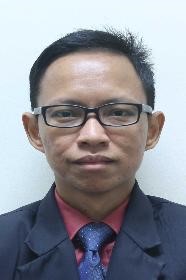
Writer is a Senior Lecturer at Faculty of Industrial Sciences and Technology, Universiti Malaysia Pahang Al-Sultan Abdullah (UMPSA).
This is the personal opinion of the writer or publication and does not necessarily represent the views of UMPSA.
E-mail: shahrilhanifah@umpsa.edu.my
- 545 views


